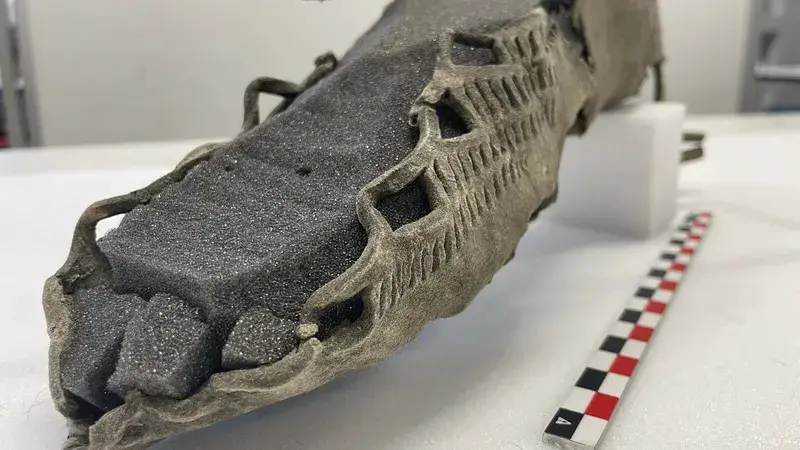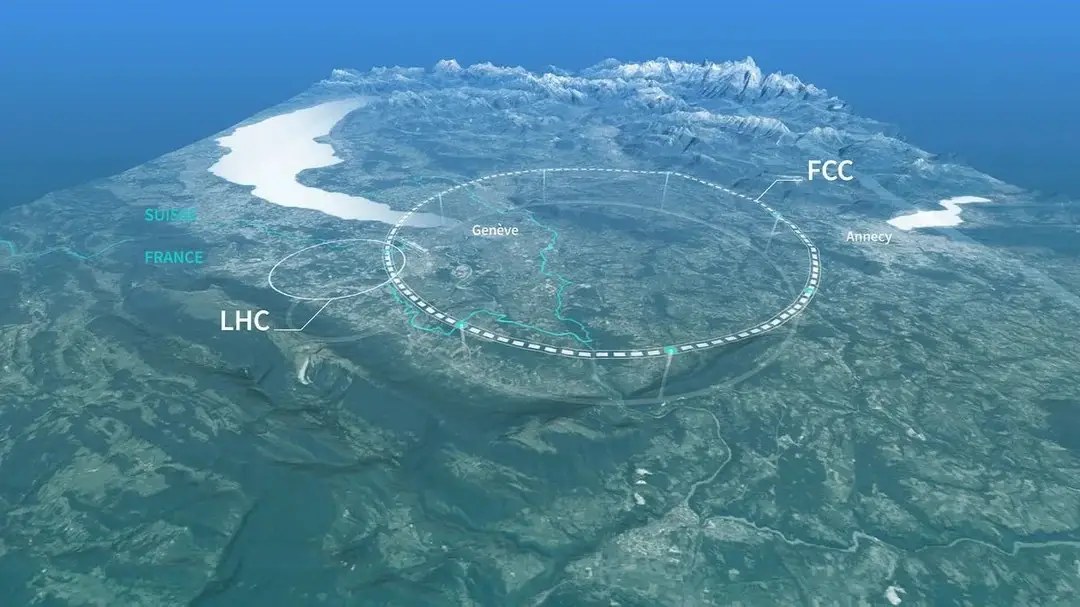Ancient Roman-Style Sandal Uncovered in Norway’s Melting Ice, Offering Clues About Iron Age Travel
TL;DR
A 1,700-year-old Roman-style sandal was discovered in a melting ice patch in Norway, shedding light on Iron Age travel. Found by a local hiker in 2019, the leather sandal was quickly excavated before a snowstorm hit. Archaeologists believe the sandal was discarded by a traveler crossing the Horse Ice Patch, a crucial route in ancient times. This find is part of a growing collection of artifacts being revealed by melting ice due to climate change, including textiles, tools, and other ancient items, all pointing to the area’s importance in trade and travel.
In the early fourth century C.E., a traveler passing through the Horse Ice Patch in what is now Oppland, Norway, discarded a worn-out leather sandal. Nearly 1,700 years later, melting ice revealed the shoe, allowing archaeologists to reconstruct it and learn more about how people of the Iron Age traversed the Norwegian landscape, reports Ida Irene Bergstrøm for Science Norway.
A local hiker discovered the sandal poking out from the snow in August 2019. He took some photos of the artifact and sent its location to Secrets of the Ice, a glacial archaeology program that has previously uncovered items like 1,300-year-old wooden skis, a 1,700-year-old tunic, and thousands of other objects preserved in Norway’s glaciers and ice patches.
The hiker’s information reached the team just in time to retrieve the sandal safely. Racing against an impending snowstorm, the archaeologists spent an entire day excavating the shoe along with other items, such as frozen horse manure, arrow shafts, and textiles. The very next day, the site was covered by fresh snow.
“If the storm had hit earlier, it could have taken years for the ice to melt again,” archaeologist Espen Finstad told Live Science’s Emily Staniforth.
According to a post by Secrets of the Ice on Facebook, radiocarbon dating placed the sandal’s origin around 300 C.E. Archaeological conservator Vegard Vike from the Kulturhistorisk Museum in Oslo, noted on X that the size nine rawhide sandal resembles the Roman carbatina style, which was popular across Europe during that time.
“It’s pretty amazing,” Finstad told Science Norway. “We’re almost [6,500 feet] up, and we find a shoe with fashion elements similar to those on the continent at that time. … It’s easy to joke about a Roman tourist who didn’t quite understand much about the country he was visiting.”
To keep warm, the sandal’s wearer likely paired it with wool wrappings or socks made of fabric or animal skin. Archaeologist Lars Pilø from Secrets of the Ice suggested on X that the traveler probably didn’t lose the shoe but instead discarded it as waste after it wore out.
The Roman-style sandal is one of several ancient shoes found by Secrets of the Ice in or near the Lendbreen pass in Norway’s Jotunheim Mountains. Recently, artifacts like wooden tools, mummies, clothing, and arrows, once locked in ice, have been revealed by glacial melting due to global warming. At Lendbreen, these finds underscore the importance of the pass as a travel route from the Roman Iron Age (around 300 C.E.) to the Middle Ages.

“The pass saw the most activity during the Viking Age, around 1000 [C.E.], a time of high mobility and growing trade across Scandinavia and Europe,” University of Cambridge archaeologist James Barrett told Smithsonian magazine’s Megan Gannon in 2020. “This incredible peak in usage shows just how connected even a very remote place was to broader economic and demographic changes.”
Like the Lendbreen pass, the Horse Ice Patch was a crucial route for ancient travelers, linking inland Norway to the coast.
“We believe that people traveling here had specific reasons, such as trading leather, antlers, and animal skins for salt and other goods,” Finstad told Science Norway.
The number of finds at Lendbreen has declined significantly in recent years, leading researchers to think “the ice from the time of the pass has now melted away,” as Pilø explained to Smithsonian in 2020. However, at the Horse Ice Patch, the melting process is just starting.
“There will probably be more finds melting out here in the years to come,” notes Secrets of the Ice on X.




